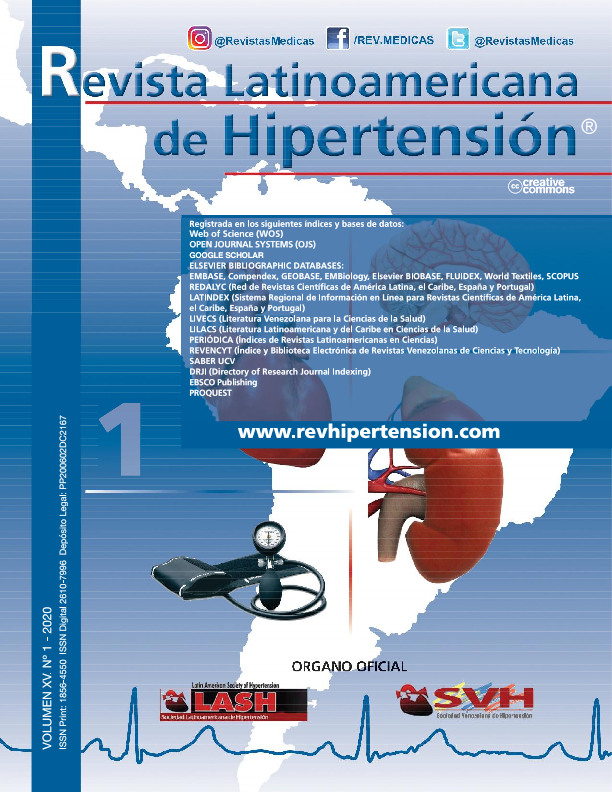Pre and post-thoracostomy chest x-ray taking; do we must do?
Keywords:
chest tube, thoracostomy, chest x-ray(CXR), complications, decision-making, clinical, radiographic, diagnosisAbstract
The prevalence of collision accidents is high inIran, a developing country. Currently, a plainchest radiograph is routine 6 to 8 hours afterchest tube removal. In recent years, there have beendoubts about the necessity of routine post-removal chestx-ray (CXR) in the absence of clinical symptoms. In children,this is especially imperative because they are moresensitive to radiation exposure. This study conducted toevaluate the role of the plain chest radiograph in traumapatients after thoracostomy tube removal. If post-removalplain radiography has a little diagnostic value, eliminationis important both economically and from a healthpoint of view.Methods: This study takes the records of all patients withchest tubes after trauma and during 16 months period.Patients’ records listed up to 12 hours after thoracostomyremoval. Routine chest x-rays (CXR) also evaluated. Finalclinical decision variables and relation to clinical findingsor radiographs also recorded. These decisions defined asmore observation, re-thoracostomy or discharge. Dataanalyzed using R software. Chi-square and Fisher’s exacttests used for comparison between two clinical and radiographicdiagnosis variables considering three clinicaldecision outcome variables. A P-value <0.05 was statisticallysignificant.Results: Of the 58 chest tubes with the indication for removal,only one patient needed further observation clinicallyafter removal. The coincident chest x-ray (CXR) led torecurrent chest tube insertion. All thoracostomies had performedby a trained resident or surgeon. Considering variableclinical decisions, a comparison of the diagnostic valueof chest x-ray (CXR) to clinical examination did not differstatistically. The null hypothesis says the independence ofthe two decision methods thoroughly rejected (chi-squaredof 58 and a P = 0.018). Six-hour chest x-ray (CXR) was posteroanteriorin 28 patients and anteroposterior in 30. Thesetwo techniques of chest x-ray (CXR) had no significant correlationwith clinical decisions. Chest x-ray (CXR) imagingin the absence of clinical symptoms did not make any differencein clinical decision-making. The low incidence ofcomplications may be due to the thoracostomy techniquedone by a surgeon or a trained resident.Conclusion: The study should be done on a larger sampleand prospectively. Neither pre-removal chest x-ray(CXR) nor post-removal chest x-ray (CXR) appears to beneeded. An x-ray can be helpful in cases where there areclinical symptoms.Downloads
Download data is not yet available.
Downloads
Issue
Section
Artículos

